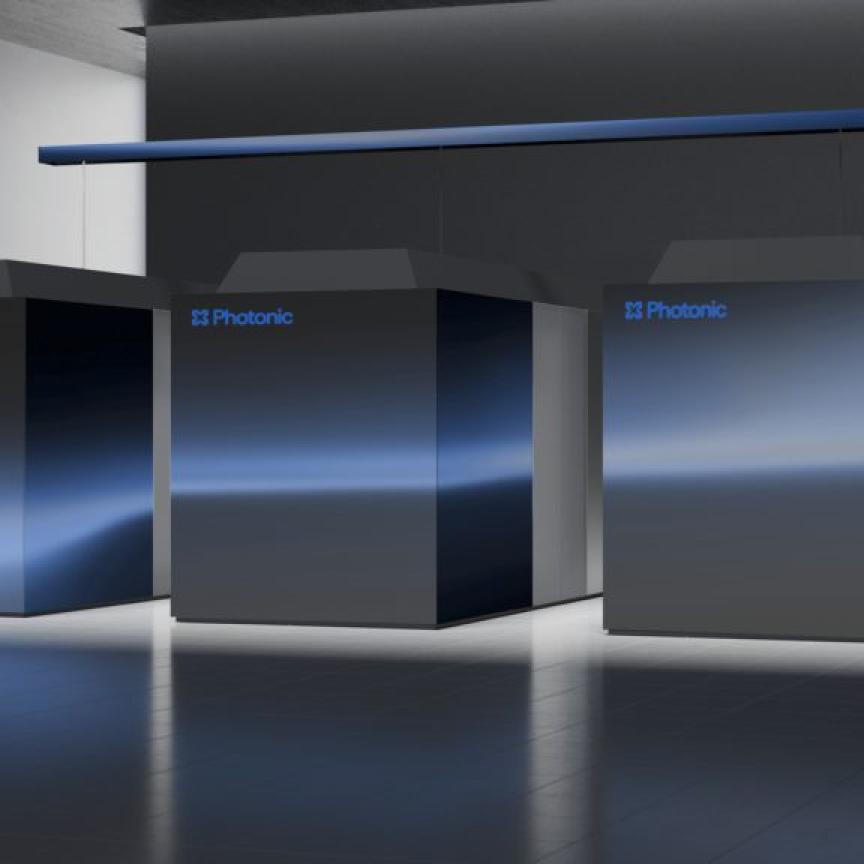A lidar sensor for self-driving vehicles, a sensor detecting nano-vibrations of the body with applications in care homes and smart cars, and a high-luminance white light source were among the winners of the 2018 Prism Awards for Photonics Innovation, announced at Photonics West.
Organised by SPIE, the winners were named on 31 January at a gala banquet at Photonics West in San Francisco.
The winning companies and products are:
- NKT Photonics for a long-range optical fibre temperature and strain sensor designed to monitor underground transmission and distribution power cables, and overhead transmission lines;
- Block Engineering’s LaserWarn analyser, which uses quantum cascade lasers combined with mid-infrared spectroscopy to detect and identify chemical clouds;
- SoraaLaser for a white light, high-luminance, remotely delivered laser light module;
- Luminar’s lidar sensor architecture, which delivers more than one million data points per second;
- Class 5 Photonics for its Supernova optical parametric chirped-pulse amplifier;
- Quantumcyte for its Q1 ArraySeQ, enabling phenotypic profiling of single cells over thousands of cells simultaneously, and correlating that information to the genetic data collected from each cell;
- Limo’s optical beam delivery and beam shaping system for UV laser lift-off of OLED displays;
- ContinUse Biometrics for a sensor capable of monitoring several bio-parameters from a distance, by detecting nano-vibrations of the body;
- AdlOptica Optical Systems for multi-focus optics; and
- Spheryx for its xSight test system, which gives quantitative measurement of both size and composition of particles in complex fluid samples.
Also at Photonics West, US company PhotoniCare won SPIE’s Startup Challenge, the society’s competition for young companies and entrepreneurs.
PhotoniCare has developed a handheld OCT imager for physicians diagnosing middle ear infections. The ClearView device produces 3D cross-sectional images of the middle ear, alongside video of the surface of the eardrum.
Peer-reviewed studies show that the same handheld OCT technology can be used to image other areas such as the anterior and posterior segments of the eye, the skin and the oral cavity.
The company was founded out of Dr Stephen Boppart’s bioengineering research lab at the University of Illinois at Urbana-Champaign (UIUC). PhotoniCare continues its relationship with UIUC as an EnterpriseWorks incubator company.

